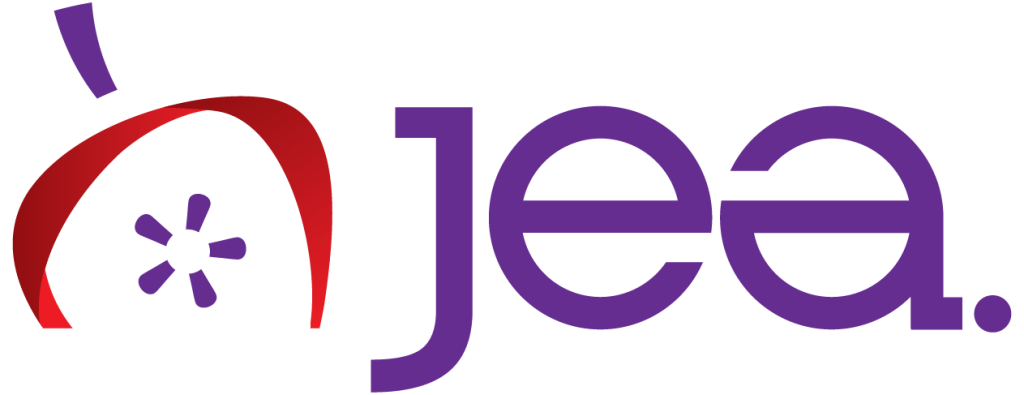By Sarah Verpooten, MJE
If you’re looking for ways to include antiracist activities seamlessly into your journalism curriculum, Tolerance.org is a great place to start. Its mission, to “help teachers and schools educate children and youth to be active participants in a diverse democracy,” aligns well with JEA’s mission to support a free and responsible press.
Although many of the lesson plans could be reworked into a journalism class, this month we’re highlighting five of the lessons and adding a JEA Twist to each to extend the already cohesive plans.
Evaluating online sources
Do your kids believe everything they read? Of course not! This lesson would be great for any beginning media student. Use in a beginning journalism course to dispel the “fake news” narrative and help students learn where to go for trusted news on the web and in social media.
JEA Twist: Pose these questions as a classroom discussion: What about your school publications? Do they fit the criteria for a trusted news source? Why or why not? How can your school improve its credibility?
Additionally, check the section of the JEA curriculum dedicated to News Literacy. Incorporate any of these lesson plans, too, to create an entire unit of study for students.

Mainstream USA
This two-part lesson has students watch and react to statistical data from the Mainstream USA documentary and U.S. Census data. The data shows how racial demographics have changed over the last 30 years. The lesson could be adapted for a beginning journalism course or for publications staffs.
JEA Twist: Have students look up demographic data for your school and community. Working in a group or on their own, students should make a data-driven infographic about their school. Students on a publications staff could extend this activity by comparing their school’s demographic info with the demographics of their staff. Is your staff representative of the school as a whole? Are all voices being heard?
Communication: The total impact of your message
This primer on non-verbal communication from a multicultural standpoint would be great for students who conduct in-person or video chat interviews. Students will learn that what they assume they know about gestures and facial expressions may not hold true with all people.
JEA Twist: After teaching interviewing, have students interview someone from a background different from their own for their next story. After the interview concludes, have them report any moments of miscommunication or awkwardness and any moments where they were able to build between their cultures and leave positive impressions with one another.

Using photographs to teach social justice: Exploring identity
Great for experienced photographers or a mass media course, this lesson has students analyze two photographs with directed questions regarding gender identity and national identity. Students will learn how cues in a photograph are read to tell a person’s story and analyze what the photographer was doing when the photo was taken.
JEA Twist: After the lesson, assign your students to take photos that show someone’s pride in their identity. Use the JEA lesson Taking Portraits to help them understand the technique involved in shooting strong portraits.
Social media for social activism
Have your students actively take a stand in the safety of your classroom in reaction to different social justice statements. Students will discuss the difference between activism and slacktivism and learn to recognize the behaviors in themselves.
JEA Twist: Have publications staff members discuss what place activism has in your program, if any. What social media hashtags have they used that got attention in the past? What could they do in the future to work toward diversity, equity and inclusion in their direct community? Do they have a Social Media Policy?
Lindsay Porter
